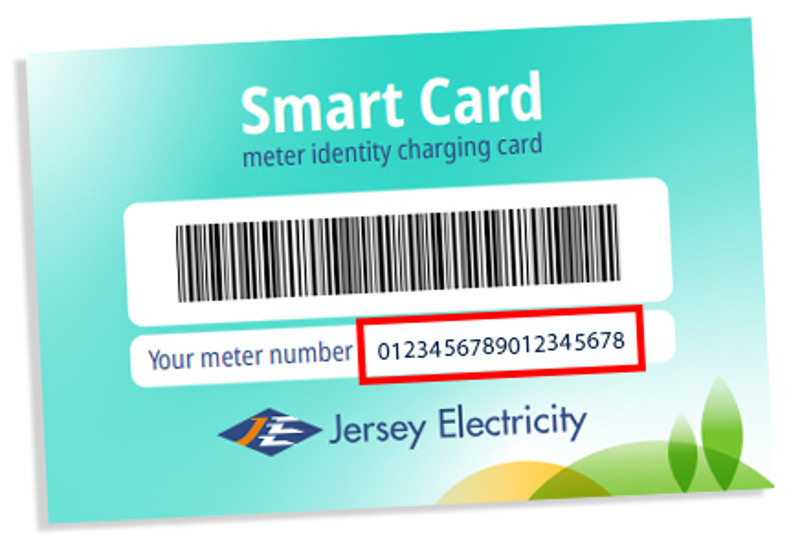While electric cars have been a feature of the mainstream motor-vehicle market for the past ten years or so, the concept of an electric vehicle goes back far beyond the past decade.
EVs in the 1800s
In fact, the history of this form of transport goes back nearly two centuries to the 1830s, when Scotland’s Robert Anderson developed a motorised carriage. However, at that point, batteries were not rechargeable, so although the carriage moved ‘without horses or oxen’, it could not, perhaps, be described as a true EV.
In 1884, however, English inventor Thomas Parker developed the first production electric car and, before the turn of the century, London boasted a fleet of electric taxis.
As petrol and diesel became more readily available, electricity was gradually pushed into the background until environmental concerns propelled it firmly back into the forefront of both manufactures and consumers.
The past decade
One of the first mainstream electric vehicles launched was the Nissan LEAF, which was launched to Japanese and American customers in December 2010.
As Nissan extended its offer to more markets, demand for the LEAF grew. With more than 400,000 sold in the past decade, the LEAF is one of the most popular electric cars in the world.
This popularity is driving a growing market. Figures show that, in 2018, 59,700 new plug-in EVS were registered in the UK, which equates to one every nine minutes.
Did you know?
As demand for EVs is growing, so the models – and associated infrastructure – are evolving. Here are some fun facts about this exciting industry.
-
Electric cars are no longer silent
While still significantly quieter than many petrol or diesel vehicles, an EU rule, introduced in July 2019, means that all new electric and hybrid cars must emit an artificial noise so that they can be more easily heard by cyclists and pedestrians. The noise kicks in at speeds of 13mph and below.
-
Creature comforts
While heated seats to optimise passenger comfort are common among higher-end cars, Tesla has introduced a feature designed to keep pets cool.
‘Dog mode’ enables drivers to use the Overheat Cabin Protection function to help keep pets comfortable. The car also allays the fears of any concerned passers-by, displaying a message which assures them that the pet is not too warm.
-
Take a brake
Fully electric cars have regenerative braking, which means that every time you brake, some energy goes back into the battery. In fact, braking can help you to extend your vehicle’s range. As a result, driving down a hill will actually restore your vehicle’s charge – you often see EV drivers doing this when travelling down Queen’s Road after visiting the Powerhouse.
-
Outnumbered
As of May 2019, there are more public charge points in the UK than petrol stations. Data from Zap-Map show that there are 8,471 charging sites across the UK, compared to 8,400 petrol stations.
-
Royal approval
EVs have the blessing of the royal family, with King Charles reported to have leased an electric Jaguar SUV.
He is not the only member of the royal family to have shown an interest in green vehicles. When Prince Harry and Meghan Markle married in May 2018, they arrived at the ceremony in a Jaguar E-type, the E-Zero.
-
When did Jersey Electricity start its electric journey?
Our interest in EVs goes way back to just after the Second World War, with several vehicles trialled in the intervening years. In 2000, we took part in a worldwide trial of Toyota Rav 4 cars and then, in 2010, we trialled four Daimler Smart cars.
Now, the firm has a mixture of cars, vans and a couple of bicycles too, with 35 vehicles currently operated by JE. We plan to swap to an all-electric fleet over the next three years.







